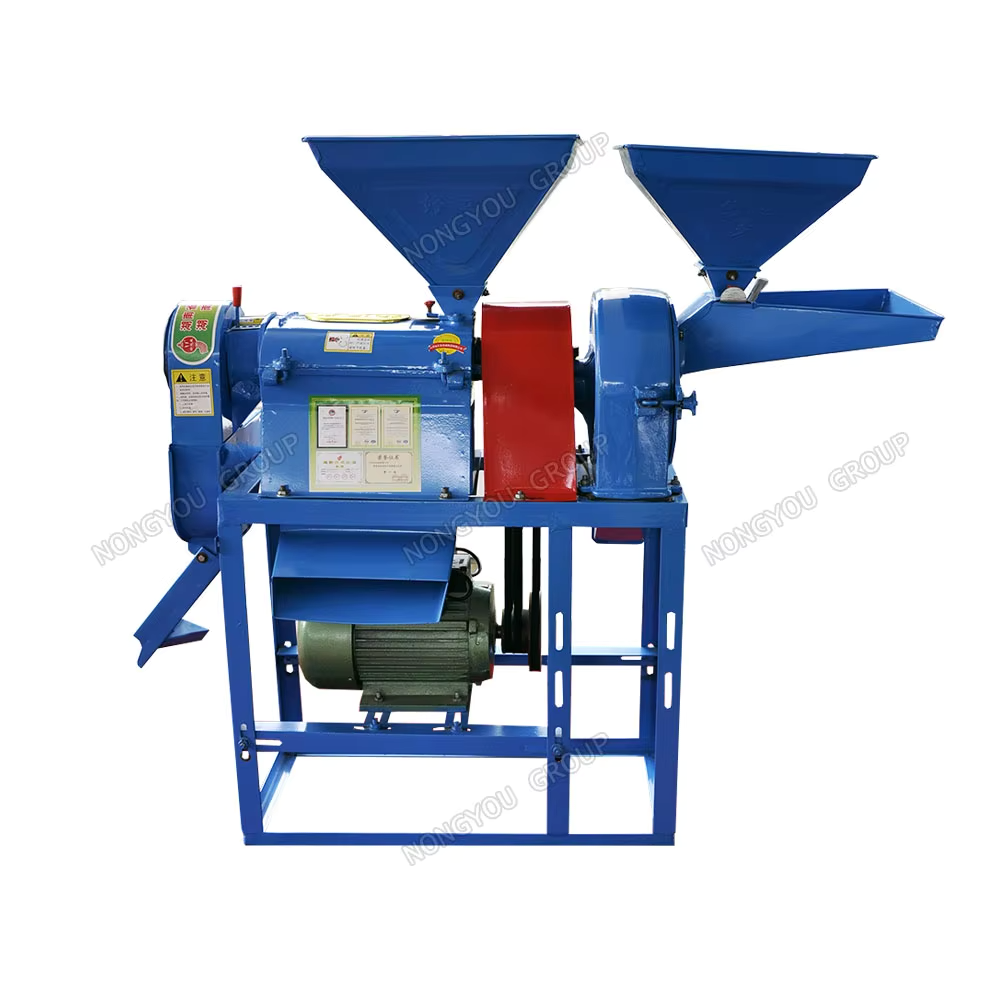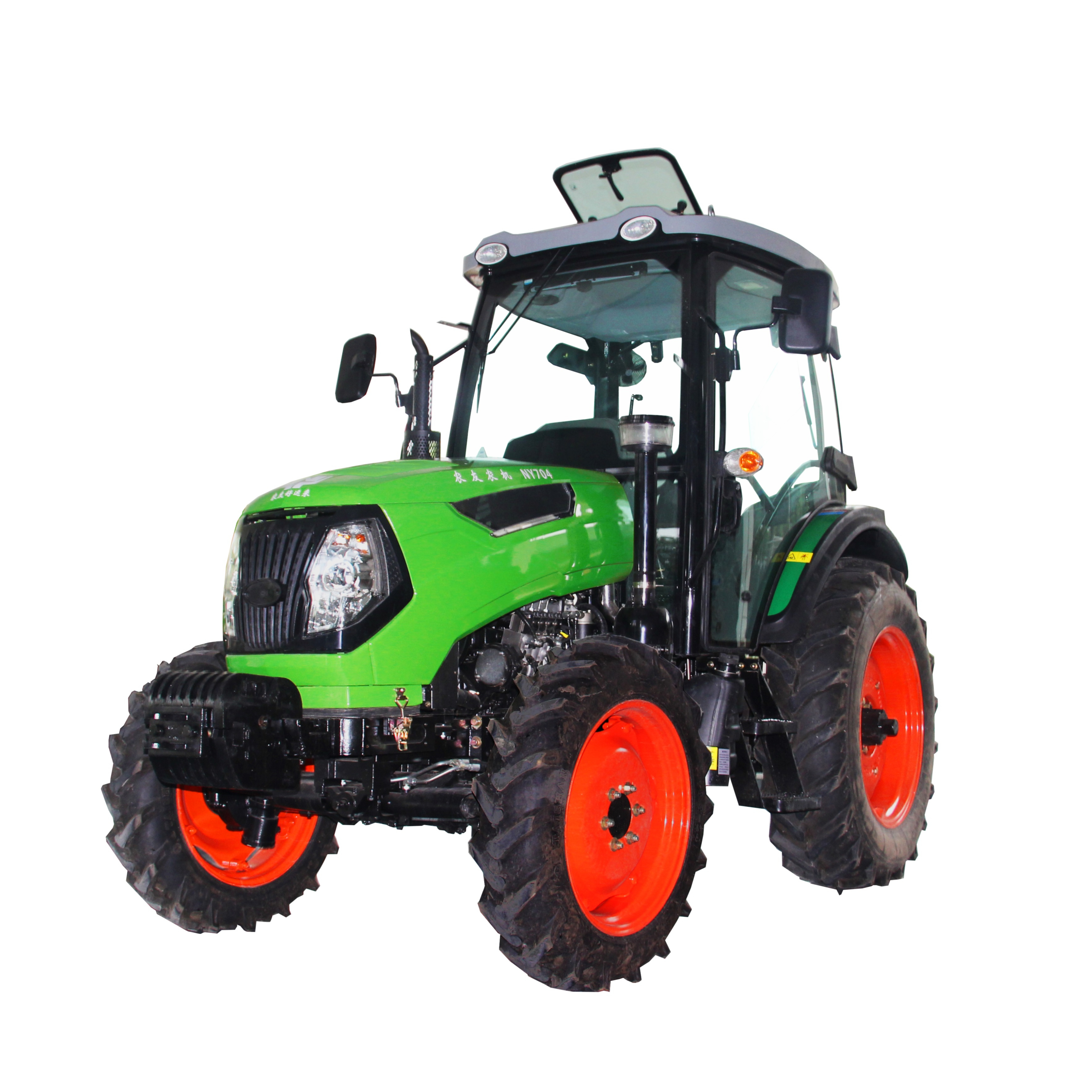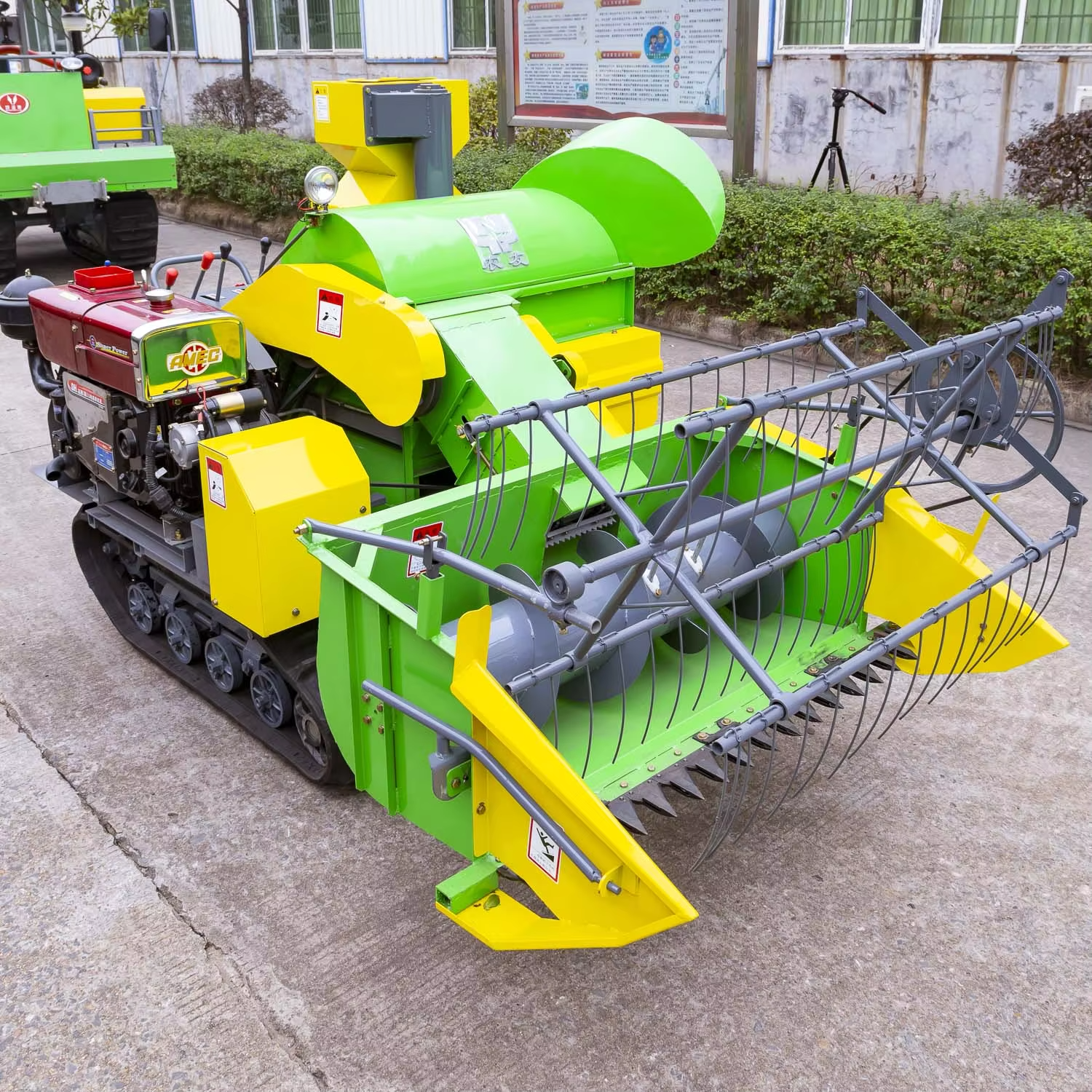برنج کاشتي
Qovun transplantörü, qovun yosunlarının işçilərənən prosesini avtomatlaşdırmaq üçün dizayn edilmiş xüsusi zirai məhsuldur. Bu innovativ texnologiya, zirai inkişafı dəstəkləyərək qovun yetişdirilməsini əhəmiyyətli dərəcədə asanlaşdırır. Məhsulun sistemli təchizatları, qovun yosunlarını seçikliklə götürür və onları əvvəllərdən müəyyən edilmiş aralıqlarla hazırlanan tarla üslubunda yerləşdirir. Mühərriklərin bir çoxu GPS naviqasiya sistemi, ayarlamaq olunan bitkdirme derinliyi idarəetmə vəziyyətləri və mürəkkəb sətrfsizliyə uyğun saff aralığı mekanizmları ilə təchiz edilib. Məhsulun idarəetmə sistemləri, ziraatkərələrin bitkdirilmə parametrlərini, bitkilər arasındakı aralıq, hər təpədə olan yosunların sayını və bitkdirilmə derinliyini xüsusilə zirai tələblərə uyğun şəkildə təyin etməsinə imkan verir. Çoxsaylı modellər fərqli cinslərə malik qovun yosunlarını işləyə bilər və fərqli tarla şəraitində effektiv işləyir. Transplantorun dizaynı, düzləksiz terəndə sabit bitkdirilmə derinliyi saxlamaq üçün suşma mekanizmləri, organizə edilmiş təchizat üçün yosun tabaqaları və optimal bitki aralığı üçün dəqiqlikli yerləşdirici mekanizmlər əhatə edir. Bu mühərriklər tipik olaraq günde bir neçə hektar ərazi örtə bilər, əl ilə transplantasiyadan nisbətən zaman və işgücünü əhəmiyyətli dərəcədə azaltır və bitkinin yaxşı hasilatını təmin etmək üçün uniform bitki aralığı və derinliyi təmin edir.


